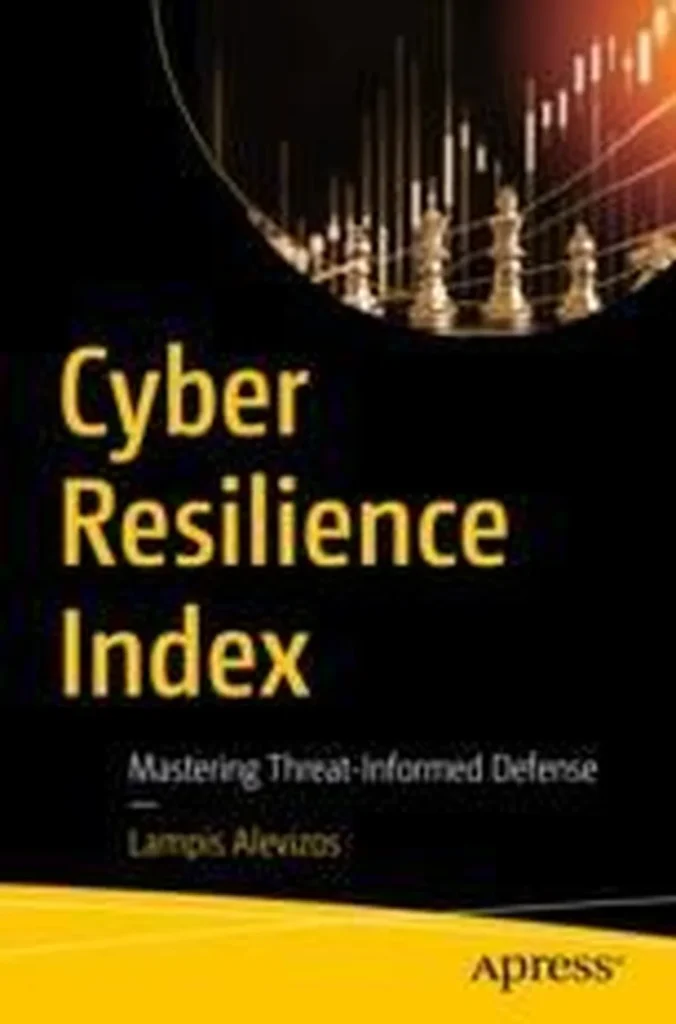Researchers Lampis Alevizos and Vinh-Thong Ta have introduced a groundbreaking approach to cybersecurity assessment, offering a probabilistic, threat-informed method to measure an organisation’s defence effectiveness against cyber-attacks. Their work, titled “Threat-Informed Cyber Resilience Index: A Probabilistic Quantitative Approach to Measure Defence Effectiveness Against Cyber Attacks,” presents a novel framework that translates complex threat intelligence into an actionable, unified metric.
At the core of their research is the Cyber Resilience Index (CRI), a mathematical model that builds upon the Threat-Intelligence Based Security Assessment (TIBSA) methodology. Unlike traditional static assessments, the CRI leverages Partially Observable Markov Decision Processes (POMDPs) to simulate attacker behaviour, incorporating real-world uncertainties and the latest threat actor tactics, techniques, and procedures (TTPs). This dynamic approach allows for a context-aware evaluation of an organisation’s security posture, moving beyond the limitations of compliance-based assessments.
The CRI provides decision-makers with a single, intuitive metric that bridges the gap between quantitative and qualitative assessments. By offering a unified measure of cyber resilience, the index enables data-driven resource allocation and strategic planning. This can help organisations mitigate the risks of under or overspending on cybersecurity measures, ensuring that resources are deployed where they are most needed.
One of the key advantages of the CRI is its ability to simulate attacker behaviour under uncertainty. By incorporating POMDPs, the model can account for the unpredictable nature of cyber threats, providing a more accurate and actionable assessment of an organisation’s defence capabilities. This probabilistic approach allows for a more nuanced understanding of an organisation’s security posture, enabling more informed decision-making.
The practical applications of the CRI are vast. For defence and security sectors, where the stakes of cyber threats are particularly high, the index offers a robust tool for evaluating and enhancing cyber resilience. By providing a clear, quantifiable measure of defence effectiveness, the CRI can help organisations prioritise investments, allocate resources more effectively, and ultimately strengthen their overall security posture.
In the broader context of the defence technology sector, the introduction of the CRI signals a shift towards more sophisticated, data-driven approaches to cybersecurity. As cyber threats continue to evolve, the need for dynamic, context-aware assessment tools becomes increasingly critical. The CRI’s ability to simulate attacker behaviour and provide actionable insights positions it as a valuable asset in the ongoing effort to combat cyber threats.
Moreover, the CRI’s alignment with the TIBSA methodology underscores its potential to integrate seamlessly with existing threat intelligence frameworks. This compatibility ensures that organisations can leverage their current investments in threat intelligence while benefiting from the advanced capabilities of the CRI. As such, the index represents a significant step forward in the quest for robust, effective cybersecurity measures.
In conclusion, the work of Alevizos and Ta offers a compelling solution to the challenges of cybersecurity assessment. By providing a probabilistic, threat-informed metric, the CRI empowers organisations to make more informed decisions, allocate resources more effectively, and ultimately enhance their cyber resilience. As the cyber threat landscape continues to evolve, the CRI stands as a beacon of innovation, guiding organisations towards a more secure future. Read the original research paper here.

